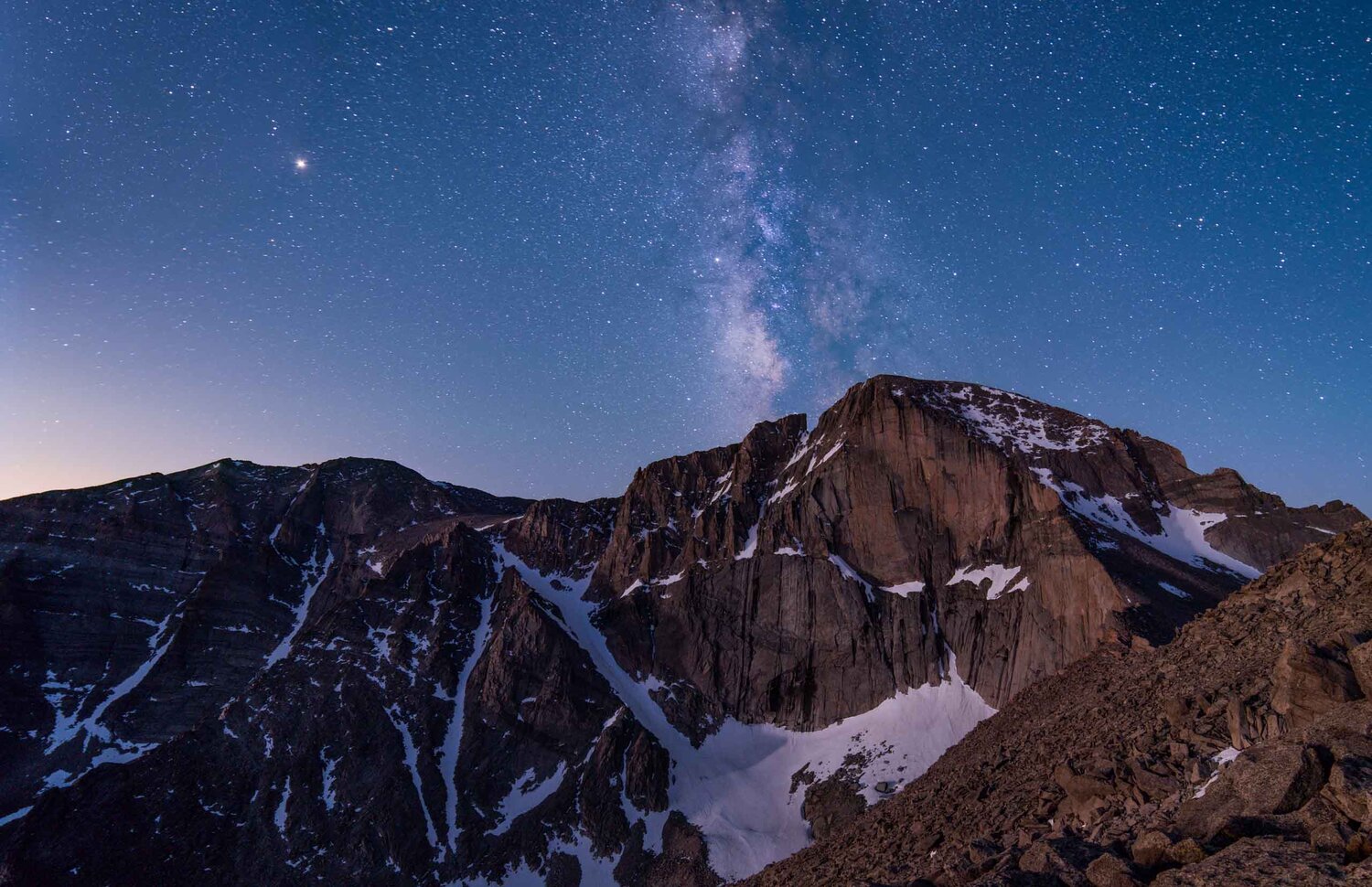Stflbn
Senior Member
When I first started messing with my a6300 files in Sony IDC (Now LR and C1 support it) I was shocked by how pleasing the noise looked compared to my old a6000 and thought to myself that it looked as good as my full frame A7ii files.
So this morning I shot the same thing with the A6300 and A7ii. Just looking at the grain / noise in each photo... and I remain shocked by how good the A6300 noise looks at higher ISO's. I don't know what voodoo Sony did to it, but it looks fantastic compared to a Full Frame sensor and if anything "I think" the a6300 noise may be less clumpy than the A7ii's.
A7ii with Green tag, A6300 with Red:

--
Sony A7ii A7s A6000
28 FE f2 | Sony 55 FE 1.8 | 70-200G FE F4 | 24-240 FE | Sony 90mm FE Macro
http://501concepts.com
So this morning I shot the same thing with the A6300 and A7ii. Just looking at the grain / noise in each photo... and I remain shocked by how good the A6300 noise looks at higher ISO's. I don't know what voodoo Sony did to it, but it looks fantastic compared to a Full Frame sensor and if anything "I think" the a6300 noise may be less clumpy than the A7ii's.
A7ii with Green tag, A6300 with Red:

--
Sony A7ii A7s A6000
28 FE f2 | Sony 55 FE 1.8 | 70-200G FE F4 | 24-240 FE | Sony 90mm FE Macro
http://501concepts.com
Attachments
Last edited:










